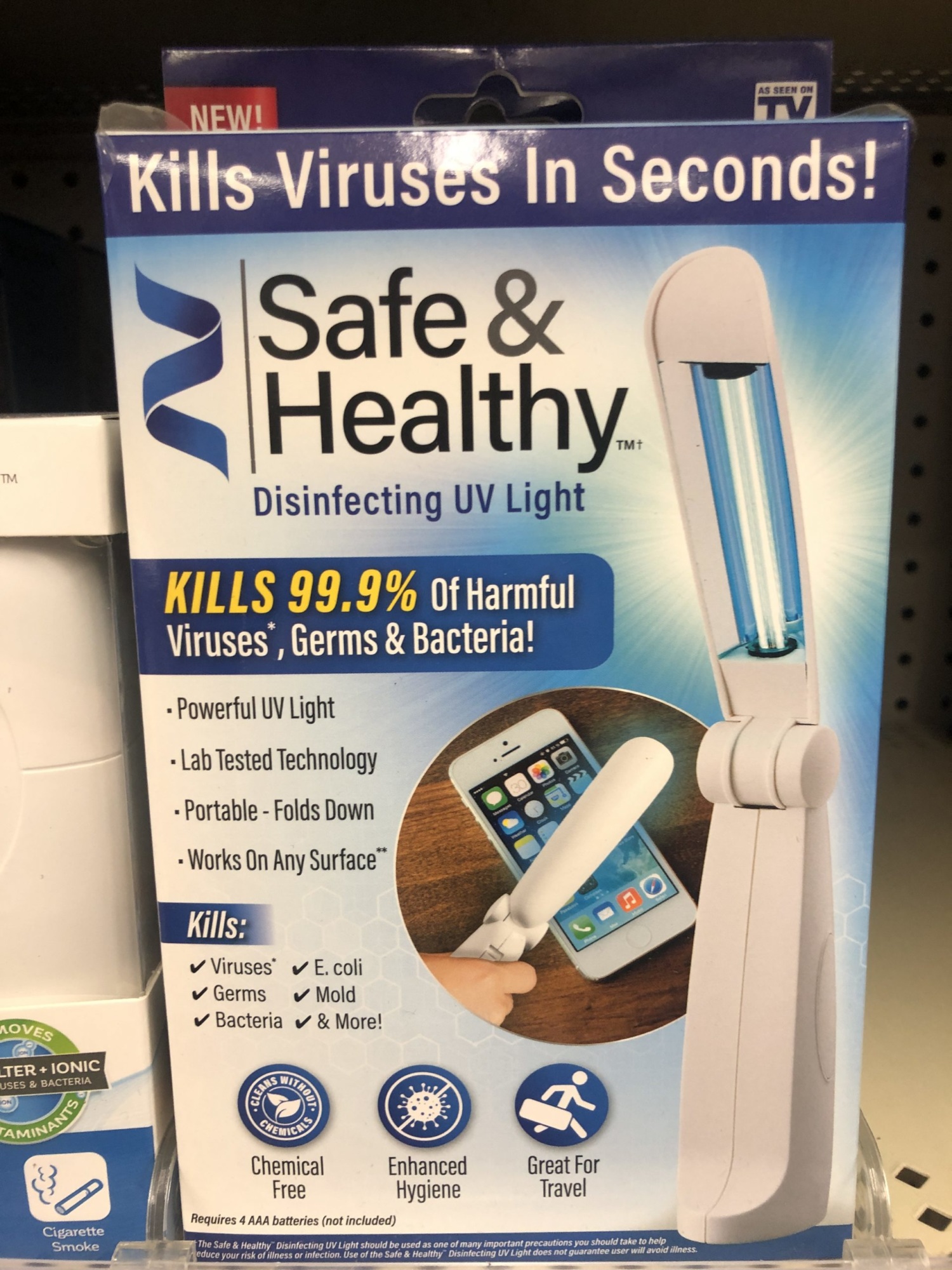
Safe & Healthy Disinfecting UV Light
When it comes to UV devices and COVID-19, there is no magic wand.
Before-and-after photos can send a powerful message. But sometimes that message is deceptive if not flat-out fraudulent.
|
The Reverse Hair Loss Program is advertised as an alternative to hair transplantation surgery. But at least three of the before-and-after photos on a website selling the so-called “study course” appear to have been lifted from surgeons whose patients elected to have surgery. That is to say, the people pictured as success stories did not actually use the Reverse Hair Loss Program but chose to go in another direction entirely.
Notice the watermark on the following before-and-after photo that depicts the work of hair transplant surgeon Dr. Robert M. Bernstein:
Now watch that watermark disappear on the website selling the Reverse Hair Loss Program:
A simple crop, a little color and a white dividing line and it’s a new person. Only it’s not. It’s the same guy who probably isn’t the 72-year-old Army veteran that the Reverse Hair Loss Program website claims he is. But that’s not the only red flag with this product, to which TINA.org was first alerted through a spam email. Among the others:
Find more of our coverage on hair loss here.
Update 10/16/15: The website that sold the Reverse Hair Loss Program and that was the focus of this ad alert posted in July 2015 is no longer active.
Our Ad Alerts are not just about false and deceptive marketing issues, but may also be about ads that, although not necessarily deceptive, should be viewed with caution. Ad Alerts can also be about single issues and may not include a comprehensive list of all marketing issues relating to the brand discussed.
When it comes to UV devices and COVID-19, there is no magic wand.
TINA.org takes a closer look at hair supplements’ “clinically proven” claims.
FDA warning letter outlines several issues related to supplement’s marketing.

